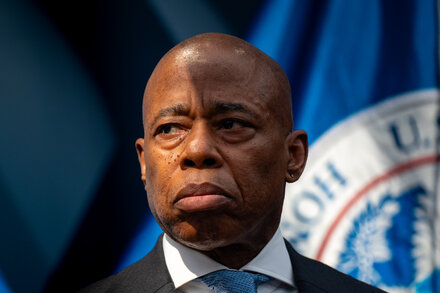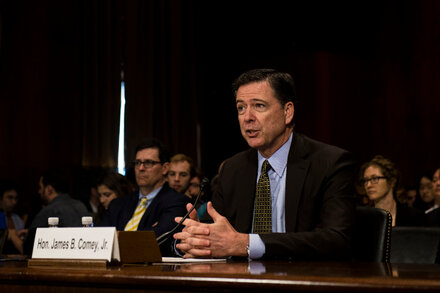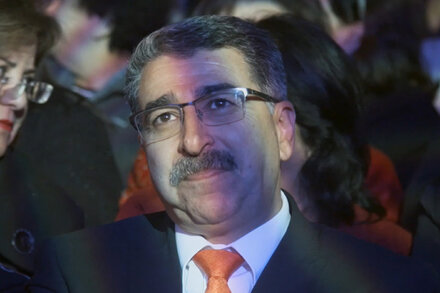In a thought-provoking commentary, author and journalist Ta-Nehisi Coates offered a nuanced perspective on the commonly debated approaches to societal division: bridging gaps versus drawing lines. His remarks, featured in an opinion piece, delve into the fundamental differences and sometimes necessary interplay between these two strategies when addressing issues of justice, identity, and power.
Coates distinguished between the popular concept of “bridging gaps,” often associated with fostering unity and overcoming division, and the less discussed but equally critical act of “drawing lines,” which he described as essential for establishing boundaries, defining identities, and asserting claims of justice.
According to Coates, the call to “bridge gaps” frequently arises from a desire for reconciliation and an end to conflict. However, he suggested that this approach can sometimes be premature or misdirected if underlying injustices and power imbalances remain unaddressed. For Coates, genuine bridging can only occur effectively after a clear understanding of what separates groups has been established.
“Often times, when people talk about bridging gaps, they want to bypass the actual process of defining who you are,” Coates stated. “They want to get to the point of just ‘let’s just be one,’ without actually understanding what the distinction is between us.”
Conversely, Coates argued for the importance of “drawing lines” as a precursor to meaningful engagement. This process involves clearly articulating one’s position, identity, and the grievances or claims for justice that necessitate distinct boundaries. He posited that understanding these distinctions—the “lines”—is not inherently divisive but rather foundational for any authentic attempt at unity.
“Drawing lines is a process of actually defining yourself,” he explained. “It’s a process of saying, ‘This is who I am. These are my interests. This is what I’m about. This is what justice means to me.'”
Coates’s commentary implies that an uncritical embrace of “bridging gaps” might inadvertently obscure crucial discussions about history, systemic inequities, and the specific harms experienced by different communities. He suggested that true reconciliation and unity are not achieved by ignoring differences but by first acknowledging and working through them, a process that often requires the explicit articulation of separate experiences and demands for justice.
His insights challenge conventional wisdom by suggesting that the path to a more cohesive society might not always be a direct route to unity. Instead, it may first require a period of clear self-definition and the assertion of distinct claims, allowing for a more informed and equitable basis for future efforts to bridge divides.
Source: Read the original article here.





